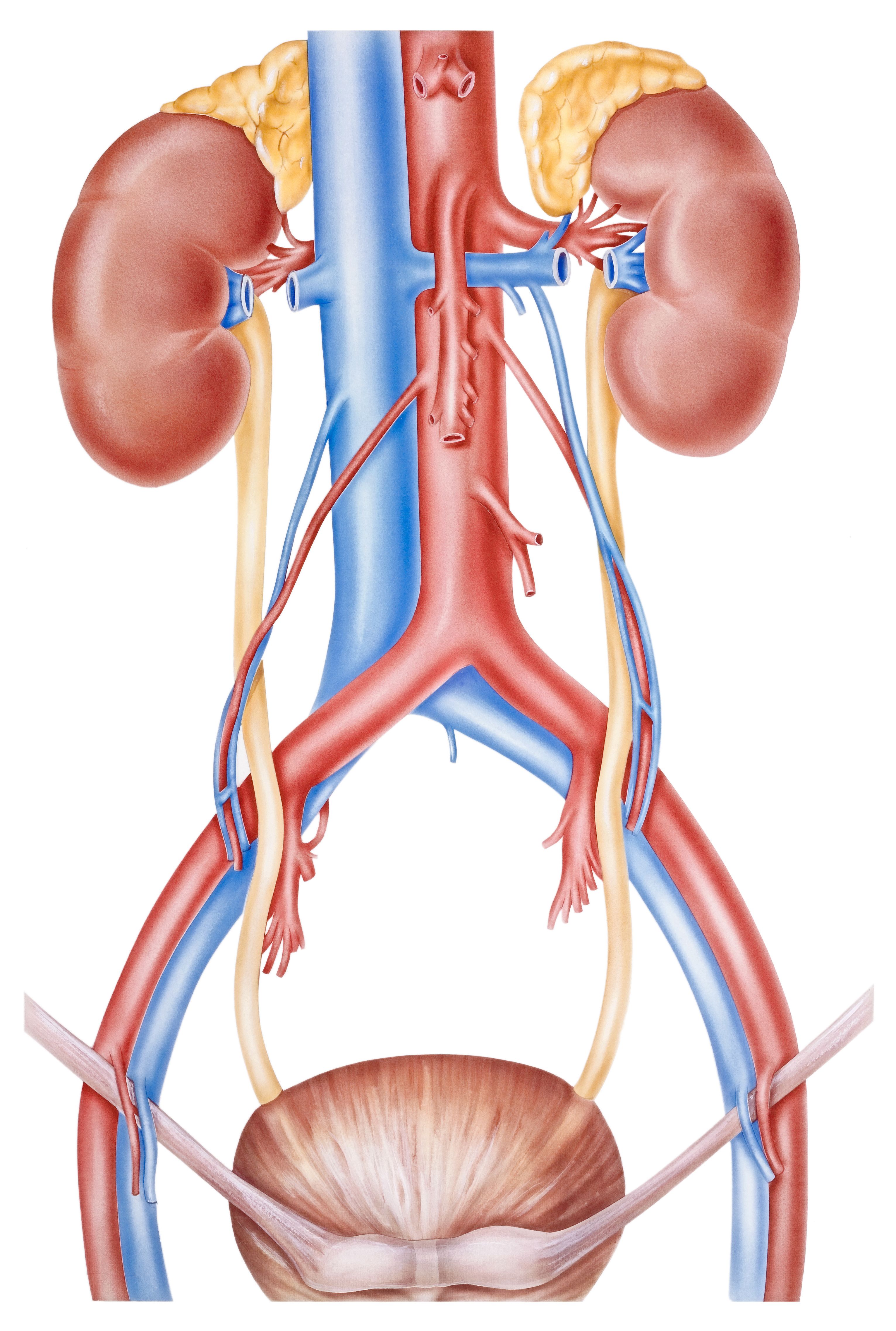FDA Receives NDA for TAR-200 in BCG-Unresponsive High-Risk NMIBC
Data from the phase 2b SunRISe-1 study support the NDA for TAR-200 in patients with BCG-unresponsive high-risk non–muscle-invasive bladder cancer with CIS.
Supporting data for the NDA came from cohort 2 of the phase 2b SunRISe-1 trial (NCT04640623) evaluating the efficacy and safety of TAR-200 in patients who are ineligible to undergo radical cystectomy.

Johnson & Johnson has launched the submission of a new drug application (NDA) for TAR-200 as a treatment for those with Bacillus Calmette-Guérin (BCG)–unresponsive high-risk non-muscle-invasive bladder cancer (NMIBC) with carcinoma in situ (CIS), according to a press release from the developer.1
The FDA will review this application via the Real-Time Oncology Review program to enable an assessment of data before developers formally submit the complete application, which may ensure that patients receive access to treatment as soon as possible.
Supporting data for the NDA came from cohort 2 of the phase 2b SunRISe-1 trial (NCT04640623) evaluating the efficacy and safety of TAR-200 in patients who are ineligible to undergo radical cystectomy. Investigators presented findings from the SunRISe-1 trial at the 2024 European Society for Medical Oncology (ESMO) Congress.2
Among 85 patients who received TAR-200 monotherapy, the centrally confirmed complete response (CR) rate was 83.5% (95% CI, 74%-91%), with 82% experiencing a sustained response after a median follow-up of 9 months. Additionally, TAR-200 produced an estimated 12-month CR rate of 57.4%.
Investigators also presented findings from cohort 1 of the trial, in which patients received TAR-200 in combination with cetrelimab. Initial results from this cohort indicated that 67.9% of patients achieved a confirmed CR. The overall risk-benefit profile favored patients who received TAR-200 alone in cohort 2.
“Upon approval, TAR-200 promises to be a meaningful additional treatment option for certain patients with NMIBC, addressing a critical need for people who have had relatively limited therapeutic alternatives,” Yusri Elsayed, MD, MHSc, PhD, global therapeutic head of Oncology at Johnson & Johnson Innovative Medicine, stated in the press release.1 “Many patients [have] life-altering surgical options such as radical cystectomy, which is complete bladder removal…We look forward to working with the FDA in review of this application.”
Developers designed TAR-200 to facilitate local delivery of gemcitabine into the bladder. A healthcare professional places the intravesical system into the bladder with a co-packaged urinary placement catheter in an outpatient setting without required anesthesia.
In the parallel-assignment, open-label phase 2b SunRISe-1 trial, patients with high-risk NMIBC were assigned to one of 3 experimental cohorts. Patients received TAR-200 plus cetrelimab in cohort 1, TAR-200 monotherapy in cohort 2, or cetrelimab monotherapy in cohort 3.3 A fourth cohort included patients with papillary disease only who were assigned to receive TAR-200 alone.
The trial’s primary end point across cohorts 1 to 3 was the overall CR rate. Secondary end points included duration of response, overall survival, and adverse effects.
Patients 18 years and older with histologically confirmed persistent or recurrent high-risk NMIBC with or without papillary disease and ineligibility to undergo radical cystectomy were able to enroll on the study. Additional eligibility criteria included having BCG-unresponsive disease following a minimum of 5 of 6 full doses of an induction course of BCG plus 2 of 3 doses of maintenance therapy or at least 2 of 6 doses of a second induction course and an ECOG performance status of 0 to 2.
Those with histologically confirmed muscle-invasive, locally advanced, unresectable, or metastatic urothelial carcinoma or receipt of a live virus vaccine within 30 days of beginning study treatment were ineligible for enrollment. Patients were also unable to enroll if they had prior treatment with an anti–PD-1 or anti–PD-L2 agent.
The FDA granted breakthrough therapy designation to TAR-200 as a treatment for patients with BCG-unresponsive high-risk NMIBC in December 2023.4 The FDA based its decision on findings from the SunRISe-1 study.
References
- New drug application initiated with U.S. FDA for TAR-200, the first and only intravesical drug releasing system for patients with BCG-unresponsive high-risk non-muscle-invasive bladder cancer. News release. Johnson & Johnson. January 15, 2025. Accessed January 15, 2025. https://tinyurl.com/ye24n7fw
- New data from TAR-200 phase 2b SunRISe-1 study show 84 percent complete response rate in patients with high-risk non-muscle-invasive bladder cancer. News release. Johnson & Johnson. September 16, 2024. Accessed January 15, 2025. https://tinyurl.com/54ekm7ut
- A study of TAR-200 in combination with cetrelimab, TAR-200 alone, or cetrelimab alone in participants with non-muscle invasive bladder cancer (NMIBC) unresponsive to intravesical Bacillus Calmette-Guérin who are ineligible for or elected not to undergo radical cystectomy (SunRISe-1). ClinicalTrials.gov. Updated January 10, 2025. Accessed January 15, 2025. https://tinyurl.com/4ez2kkfe
- Johnson & Johnson’s investigational TAR-200 granted U.S. FDA breakthrough therapy designation for the treatment of high-risk non-muscle-invasive bladder cancer. News release. Johnson & Johnson. December 4, 2023. Accessed January 15, 2025. https://tinyurl.com/mrydmzwf